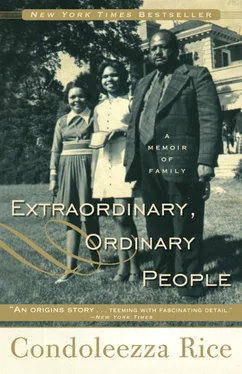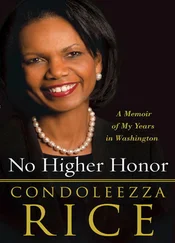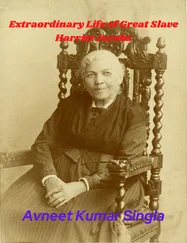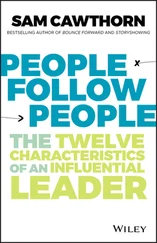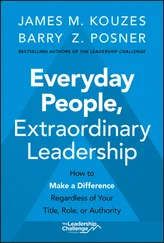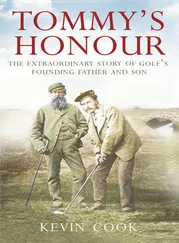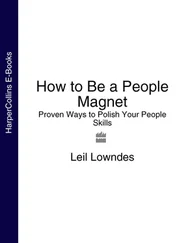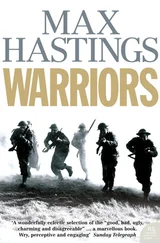Certainly, in any confrontation with a white person in Alabama you were bound to lose. But my parents believed that you could alter that equation through education, hard work, perfectly spoken English, and an appreciation for the “finer things” in “their” culture. If you were twice as good as they were, “they” might not like you but “they” had to respect you. You could find space for a fulfilling and productive life. There was nothing worse than being a helpless victim of your circumstances. My parents were determined to avoid that. Needless to say, they were even more determined that I not end up that way.
My parents were not blue bloods. Yes, there were blue bloods who were black. These were the prominent black families that had emerged after the Civil War, though many of their patriarchs had been freed well before slavery ended. These families had produced black lawyers and doctors in the late nineteenth century; some of them even included political figures, such as Hiram Rhodes Revels, the first black United States senator. There were pockets of these families in the Northeast and a large colony in Chicago. Some had even attended Ivy League schools, but others, particularly those from the South, sent their children to such respected institutions as Meharry Medical College, Fisk, Morehouse, Spelman, and the Tuskegee Institute. In some cases these families had been college-educated for several generations.
My mother’s family was not from this caste, though it was more patrician than my father’s. Mattie Lula Parrom, my maternal grandmother, was the daughter of a high-ranking official, perhaps a bishop, in the African Methodist Episcopal Church. Though details about her father, my great-grandfather, are sketchy, he was able to provide my grandmother with a first-rate education for a “colored” girl of that time. Grandmother had rich brown skin and very high cheekbones, exposing American Indian blood that was obvious, if ill-defined. She was deeply religious, unfailingly trusting in God, and cultured.
My grandfather Albert Robinson Ray III was one of six siblings, extremely fair-skinned and possibly the product of a white father and a black mother. There was also apparently an Italian branch of the family on his mother’s side, memorialized in the names of successive generations. There are several Altos; my mother and her grandmother were named Angelena; my aunt was named Genoa (though, as Southerners, we pronounce her name “Gen-OH-a”); my cousin is Lativia; and I am Condoleezza, all attesting to that part of our heritage.
Granddaddy Ray’s story is a bit hazy because he ran away from home when he was thirteen and did not reconnect with his family until he was an adult. According to family lore, Granddaddy used a tire iron to beat a white man who had assaulted his sister. Fearing for his life, he ran away and later found himself sitting in a train station in the wee hours of the morning, a single token in his pocket. As Granddaddy sat alone in that station, a white man came over and asked what he was doing there at that hour. For reasons that are not entirely clear, “Old Man Wheeler,” as he was known in our family, took my grandfather home and raised him with his sons. I remember going to my grandmother’s house in 1965 to tell her that Granddaddy had passed away at the hospital. She wailed and soon said, “Somebody call the Wheeler boys.” One came over to the house immediately. They were obviously just like family.
I’ve always been struck by this story because it speaks to the complicated history of blacks and whites in America. We came to this country as founding populations—Europeans and Africans. Our bloodlines have crossed and been intertwined by the ugly sexual exploitation that was very much a part of slavery. Even in the depths of segregation, blacks and whites lived very close to each other. There are the familiar stories of black nannies who were “a part of the family,” raising the wealthy white children for whom they cared. But there are also inexplicable stories like that of my grandfather and the Wheelers.
We still have a lot of trouble with the truth of how tangled our family histories are. These legacies are painful and remind us of America’s birth defect: slavery. I can remember being asked how I felt when I learned that I apparently had two white great-grandfathers, one on each side of the family. I just considered it a fact—no feelings were necessary. We all have white ancestors, and some whites have black ancestors.
It is just easier not to talk about all of this or to obscure it with the term “African American,” which recalls the immigration narrative. There are groups such as Mexican Americans, Korean Americans, and German Americans who retain a direct link to their immigrant ancestors. But the fact is that only a portion of those with black skin are direct descendants of African immigrants. One of these is President Obama, who was born of a white American mother and a Kenyan father. Then there is a second narrative that involves immigrants from the West Indies, such as Colin Powell’s parents. And what of the descendants of slaves in the old Confederacy? I prefer “black” and “white.” These terms are starker and remind us that the first Europeans and the first Africans came to this country together—the Africans in chains.
One day Granddaddy Ray passed a beautiful young girl drawing water at a well. He introduced himself, but when he learned that she was only sixteen, he refrained from trying to date her. When she was finally old enough, Mattie Lula Parrom and Albert Ray married. Albert was industrious and worked three jobs for most of his life. He labored as an engineer in the coal mines during the week, a profession that saddled him with emphysema and heart disease and gave him a deep admiration for John L. Lewis and the coal miners’ union; he sheared horses in the evening, a skill that he’d been taught by Mr. Wheeler; and on the weekends he built houses. Granddaddy’s day began every morning at four o’clock with Grandmother cooking a big breakfast of steak or bacon and eggs to sustain him through the hard workday ahead.
The Rays were proud people. They settled in Hooper City, Alabama, which in those days was pretty far outside the city limits of Birmingham. Even when I was a child my grandparents’ home felt as though it were in the country, not the city.
Mattie and Albert Ray were landowners who built their house with their own hands. The white wood-framed home was large for its time, on a corner lot with a big pecan tree in the front yard. It had eight large rooms, including a music room where my grandmother taught piano. Grandmother loved fine things, and the heavy mahogany furniture, always purchased with cash, survives in various family members’ houses—including my own—to this very day.
My aunts and uncle remember their parents’ determination to maintain their dignity despite the degrading circumstances of Birmingham. The children were constantly reminded, “You are a Ray!” This was both an admonition to let nothing hold them back and occasionally a rebuke when my grandparents disapproved of their behavior. They were never allowed to use a “colored” restroom or water fountain. “Wait until you get home,” they were told. And my grandparents always made sure that they had a car so that no one had to ride in the back of the bus.
My mother had five siblings. Albert junior, Mattie, and my mother were born very close together in the early 1920s. Uncle Alto and Aunt Genoa, who went by Gee, made their entrance about a decade later. My grandparents were not themselves college-educated, but they were determined that their children would be. As it turned out, this took some doing, but all five eventually finished college.
Читать дальше
